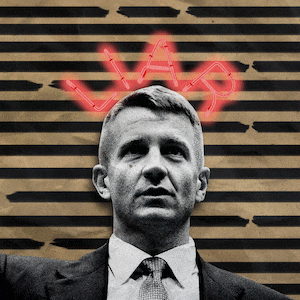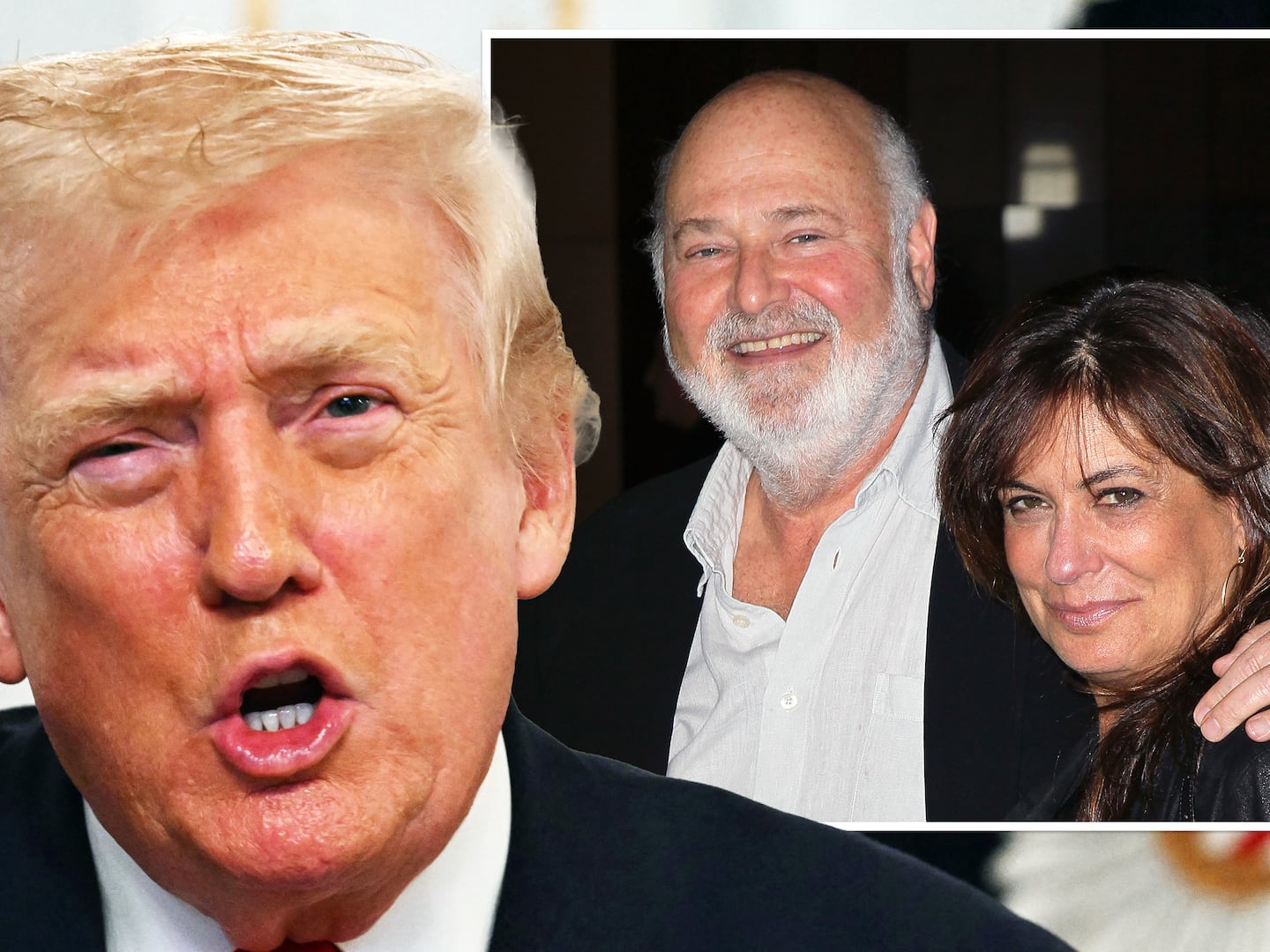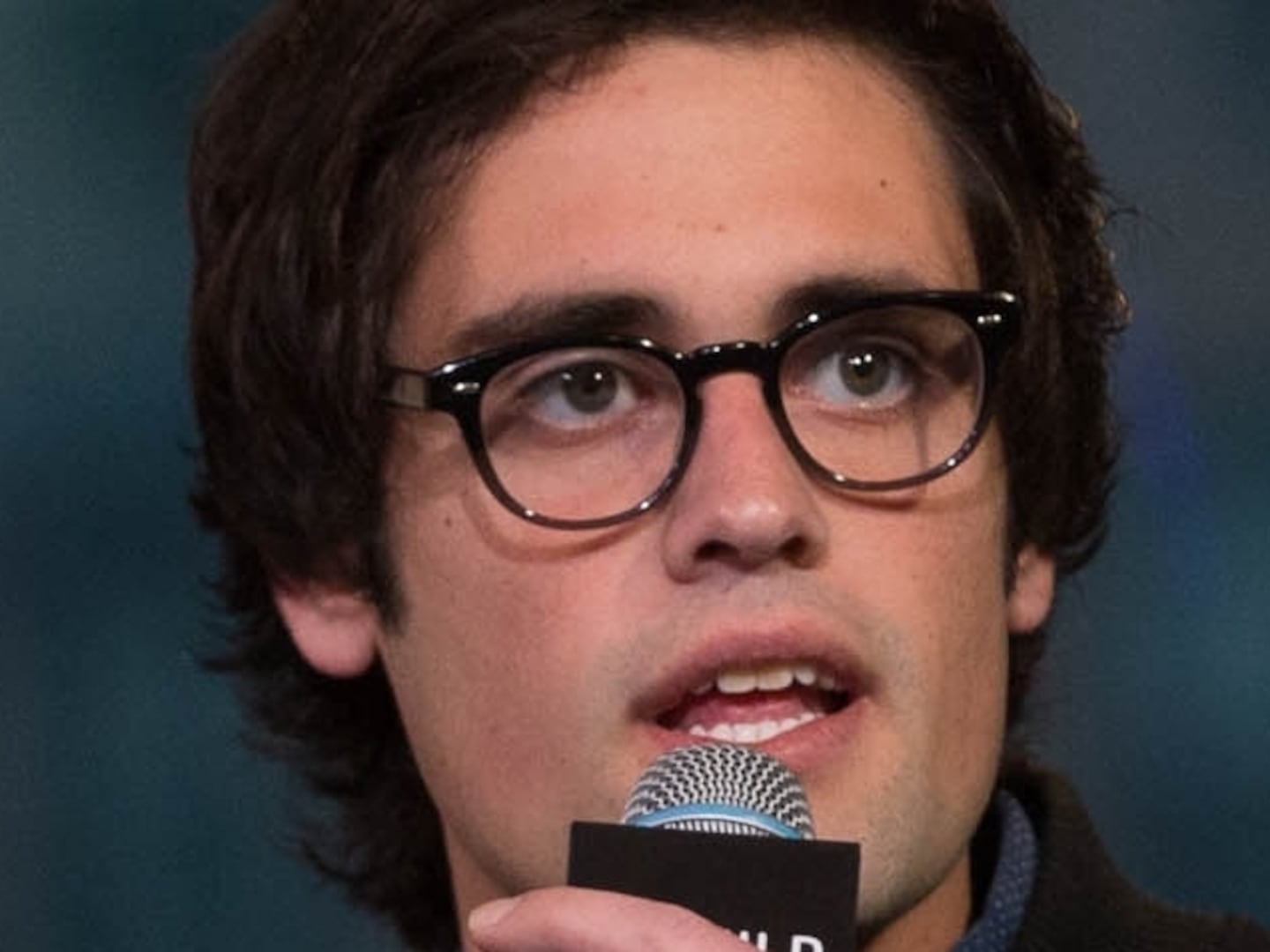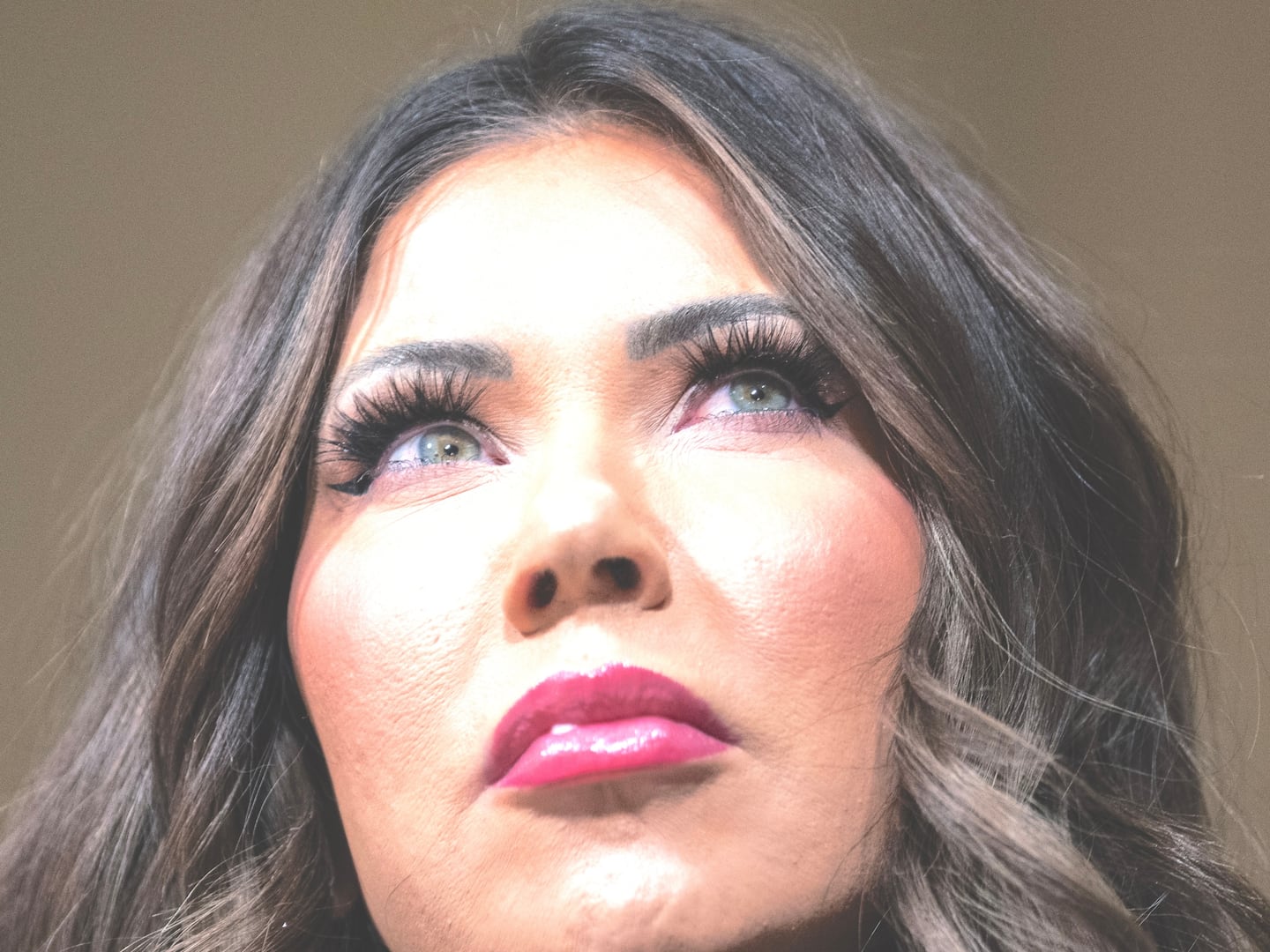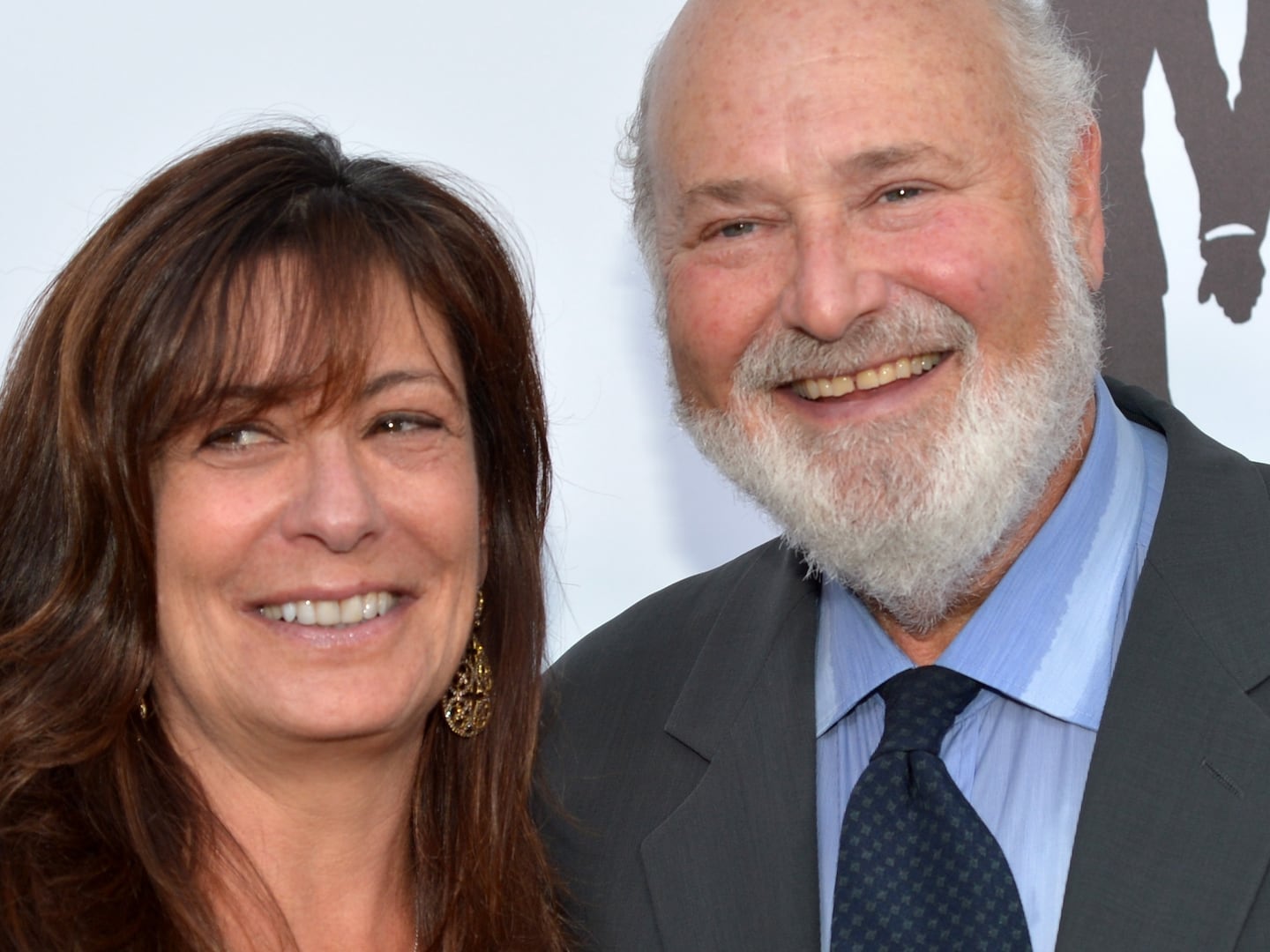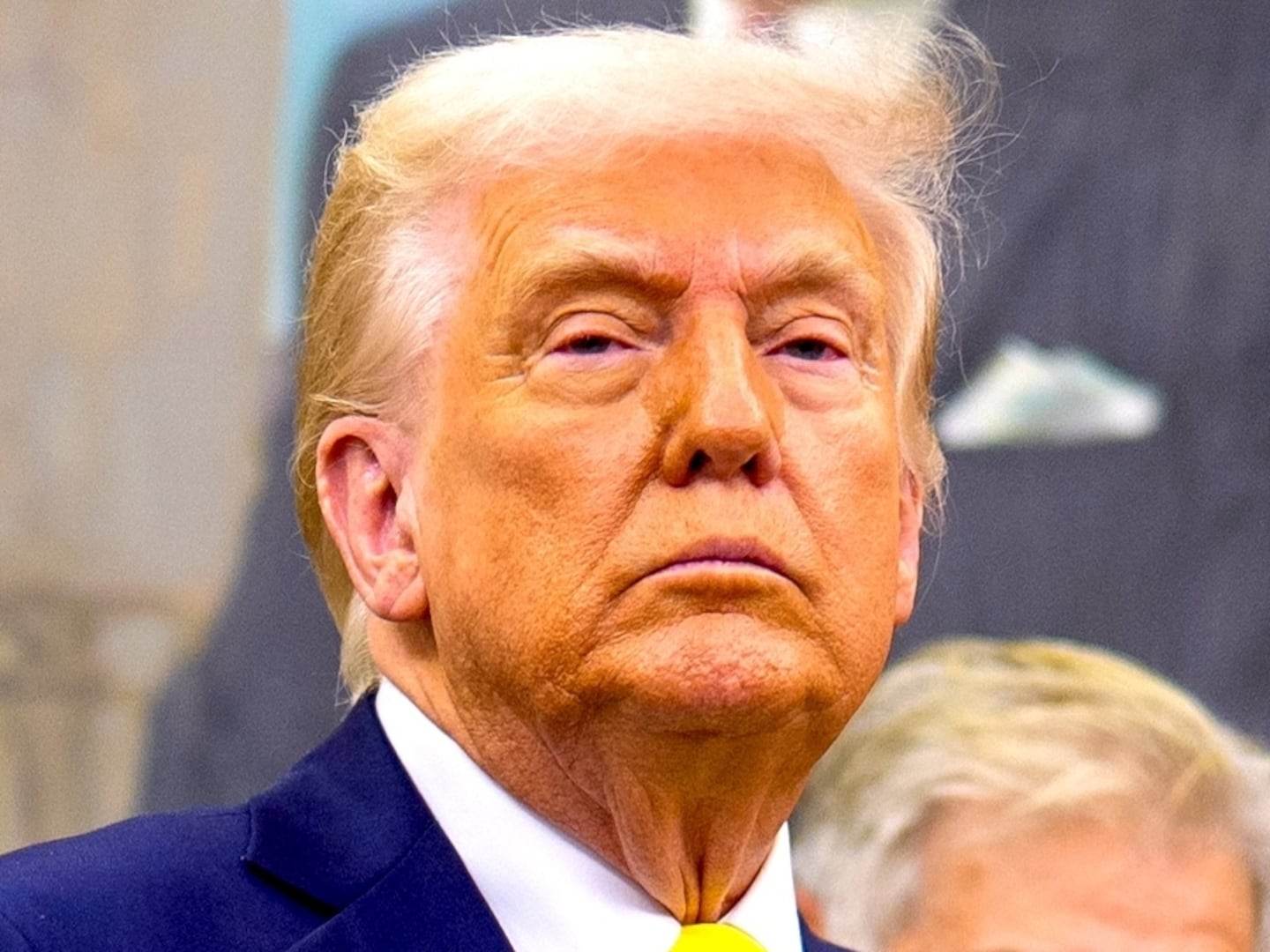For The Daily Beast’s membership drive, we're asking our reporters and editors to tell the stories behind some of their biggest stories.
I remember when I first got the call.
I was somewhere in the woods in New York working on a writing project. It was months before I ever hit submit on an application for The Daily Beast.
I had spent the majority of my career in the Middle East covering conflict, particularly the massive humanitarian disaster caused by the war in Syria. So playing with Washington sources wasn’t particularly comfortable. But there was one circle of people that seemed to overlap. They’d show up in the battlefields and then return to boardrooms in America or somewhere in Europe. I’ve been lucky enough to dash in and out of that sourcing group over the years and on that day outside Albany it paid off.
Someone pointed me to Erik Prince, the former CEO of Blackwater, his connections to Steve Bannon, and that trip he’d taken to a remote island in the Indian Ocean. I don’t remember what the tipster told me exactly, but I do know I came away from the conversation understanding that there was a much bigger story to tell.
For months, politicos in Washington had whispered and wondered about the shady meeting between Erik Prince and a mystery Russian man in the Seychelles in January 2017 during the Trump transition. The story graced the pages of The Washington Post and then seemed to drop off the radar. The story was a good one. It had intrigue beyond all else—a secret meeting on one of the most remote islands in the world with one of the most notorious war profiteers of all time. And his meeting on that island had been framed as though Prince was acting as a liaison for the Trump team. Why Prince? Why not Jared Kushner or one of the other various Trumpworld figures who had latched on during that time period?
For more hot scoops, exclusive access, and insider interviews, become a Beast Inside member.
That’s where I started.
If there was one thing I knew, it was that I didn’t know much about the Seychelles or the inner working of Trump’s transition team. So I turned to people who did. People who really knew, not only how Trump relied on outsiders for backchannel communications but who also knew the islands, the hotels, the airport and the car services. Over the next several months I crafted a story and put together a story for The Intercept. Using flight logs and other sourcing, I reported that Prince had met Kirill Dmitriev, the CEO of the Russian Direct Investment Fund (RDIF). The fund had recently been redefined as a state sovereign wealth fund.
I brought that sourcing to The Daily Beast, where I delivered a series of stories about what Prince and Dmitriev discussed and how they decided to rendezvous. The New York Times ended up beating me to one of those stories before I started at the Beast. They’d caught something I had in my hands the whole time and never knew. And honestly, that was my mistake. His name had been there all along: George Nader. He’d checked into the Four Seasons just a few days before the Prince-Dmitriev meeting, the records showed. I had researched him before. But I couldn’t find anything about him besides a few old clippings from a Middle East magazine. As it turned out, Nader was the key to the story.
I didn’t want another major story like that to slip by. But continuing to report on Dmitriev and Prince meant continuing to take backlash from their respective in-house counsels and public relations teams. Getting legal threats from RDIF meant I was facing legal threats from, well, the Kremlin. For months, Dmitriev and RDIF’s legal team came at The Daily Beast on every mention of the fund in our stories. They even published an article in Sputnik, the Russia propaganda website, claiming The Daily Beast was embarking on a smear campaign to delegitimize the fund. The main case they were trying to fight: they said RDIF wasn’t connected to the Kremlin and operated completely independently from President Vladimir Putin. (The fund’s website had a picture of Putin on the landing page and Putin and Dmitriev had publicized their meetings in the past.)
The slew of emails and phone calls would at times wake me up at night. Not because it was late but because the intimidation campaign was worse than I had experienced on any other story. The players were big. And the teams backing them were powerful. But that anxiety eventually subsided.
When the Mueller report came out in April, portions of the document corroborated our reporting. Dmitriev’s fund is still under sanctions. (A disclaimer that I’m sure Dmitriev’s team would appreciate: Just because the fund is under sanctions it does not mean that U.S. entities and individuals cannot do business with it. There are restrictions of course. That’s why Washington and Moscow interest groups have advocated to Treasury that the agency delist RDIF.)
For his part, Prince is still pitching the Trump administration on various national security projects. Democrats on Capitol Hill called out Prince for lying during his House testimony. Rep. Adam Schiff (D-CA) went a step further, sending a criminal referral to the Department of Justice stating that Prince repeatedly misled lawmakers about his ties with Russia.
We’re able to investigate the major players in the Trump-Russia nexus thanks to the support of Beast Inside members. Join us today!

